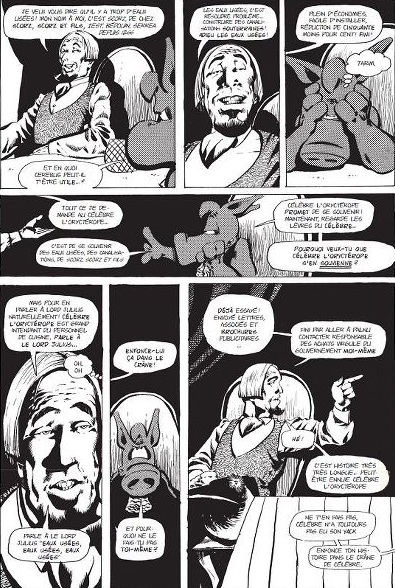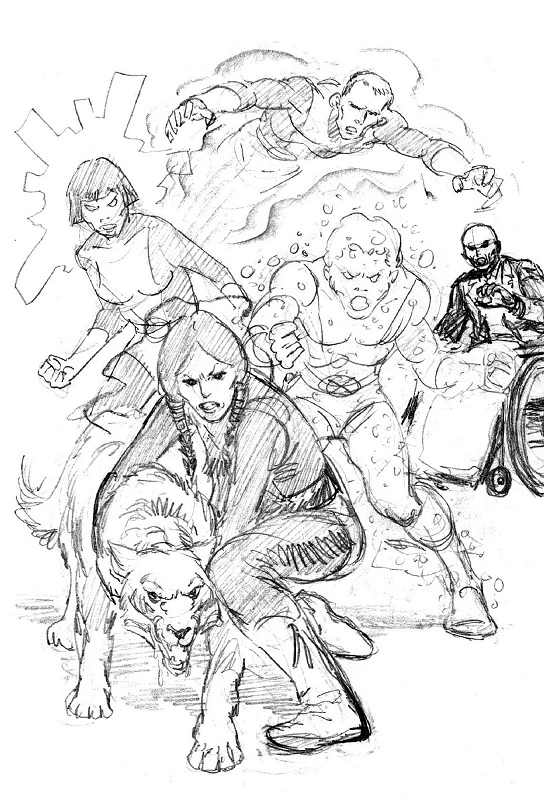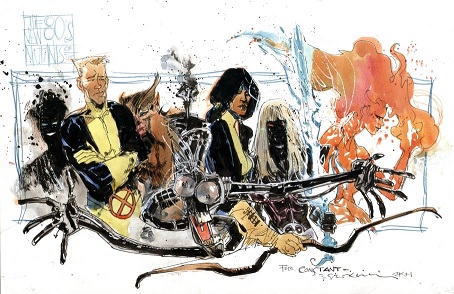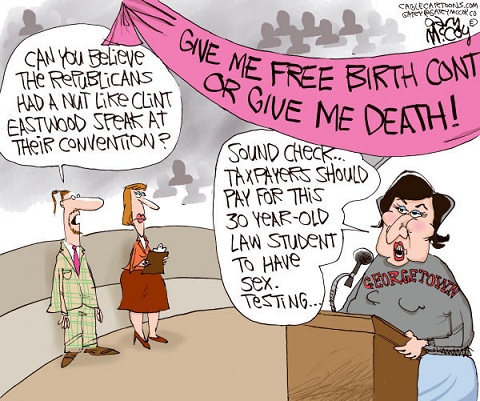It shows the essential childishness of much of the American comics industry that a major “newssite” feel the need to censor Guido Crepax’s art, putting those silly little black bars over every side boob visible (but not the heroine’s arse, I see. Hmmm.)
Alan David Doane, one of the web’s earliest comics reviewers/bloggers is quitting comics cold turkey:
The best advice I can give you is, if you find yourself in a similar place as me, unable to enjoy comics and outraged, disgusted or made crazy by the industry and the community, take a breath. Step away. Do something else. Do anything else. You might find it feels better than you could ever have guessed. For me, I am starting to feel free from something that was really becoming bad for me. I feel like I can breathe a little better. It’s a start.
It’s sad to see what should be a hobby, a passion, so poison somebody that they feel the need to purge themselves so drastically, but I’ve been there myself. In 2000 I just stopped buying and even reading comics, completely gotten sick of them. One month I was spending most of my disposable income (and more) on them, the next one I didn’t. I just stopped caring. That’s the risk of having so much of your own identity wrapped up with what is basically still a disposable commodity. Mind, I never entirely gave up on comics, kept my collection, occasionally even bought a new one if I came across something interesting, then got sucked back in thanks to various blogs, but no longer to the extend I was before. There’s no such thing as Club Comix and you shouldn’t try to become a member because it’ll break your heart.
Finally, Darryl Ayo is unhappy with Benjamin Marra’s appropriation of Black history for his revenge fantasy comics:
It is very self-serving and I’ll go as far to say callous about playing in the sandbox of people whose degradation and oppression you do not share. Not writing about black characters or exploring the pain of black people but rather exoticizing the struggle, the pain, the humiliations, the inhumanity of the road to freedom.




